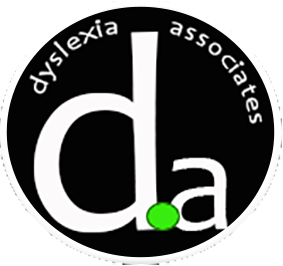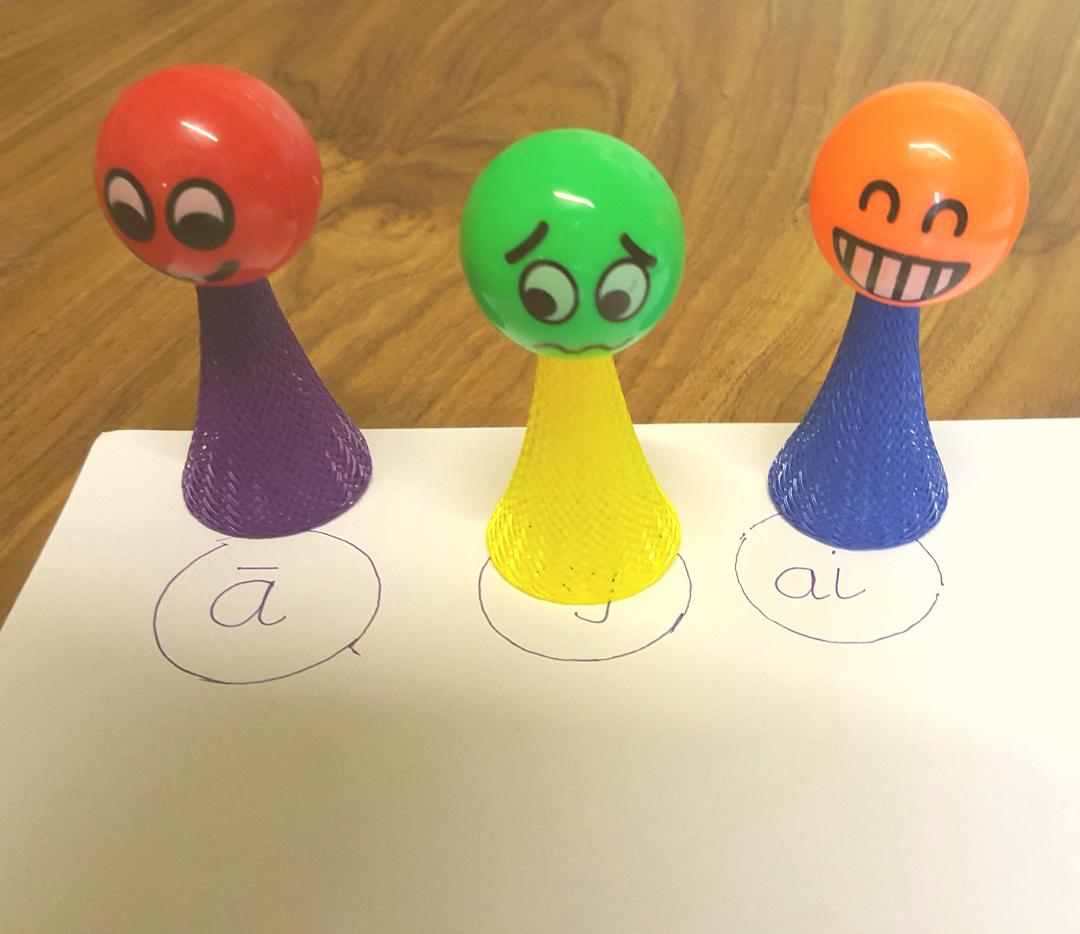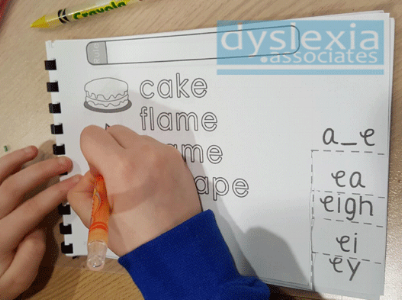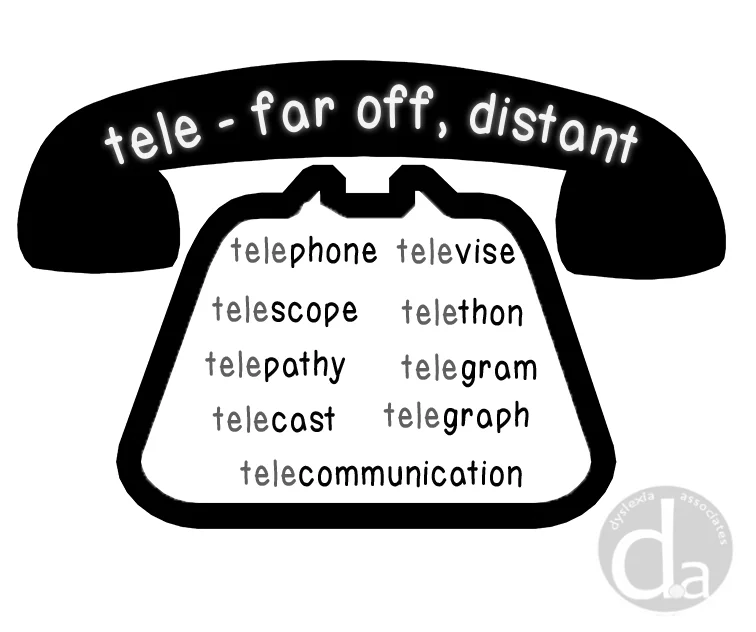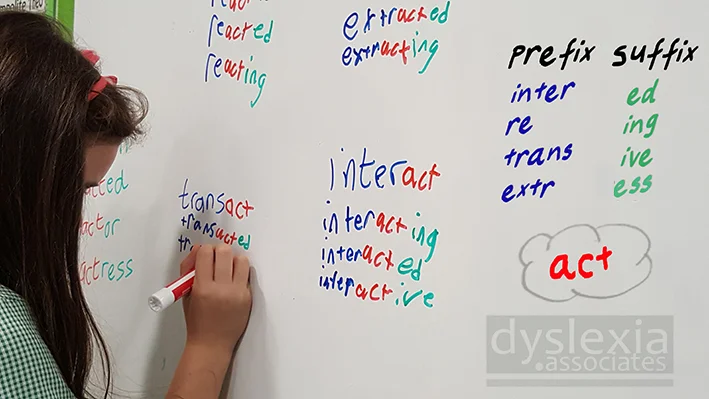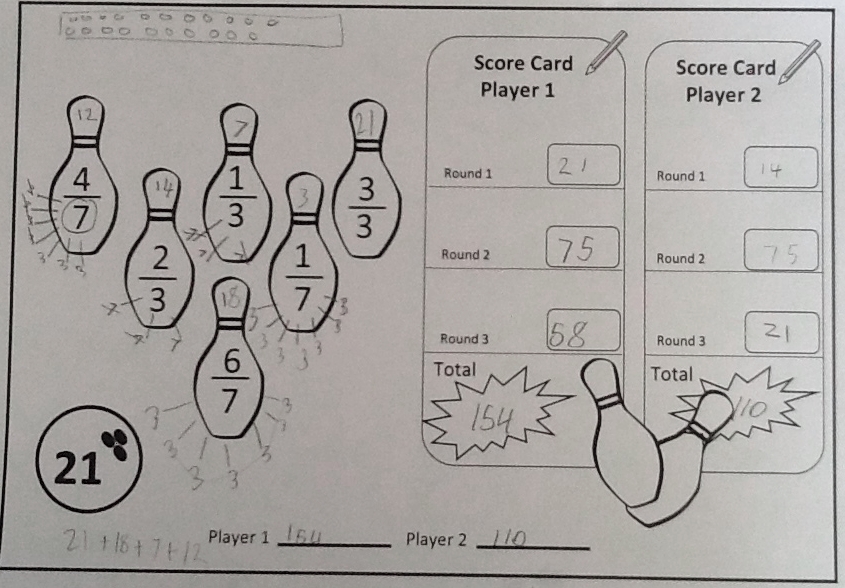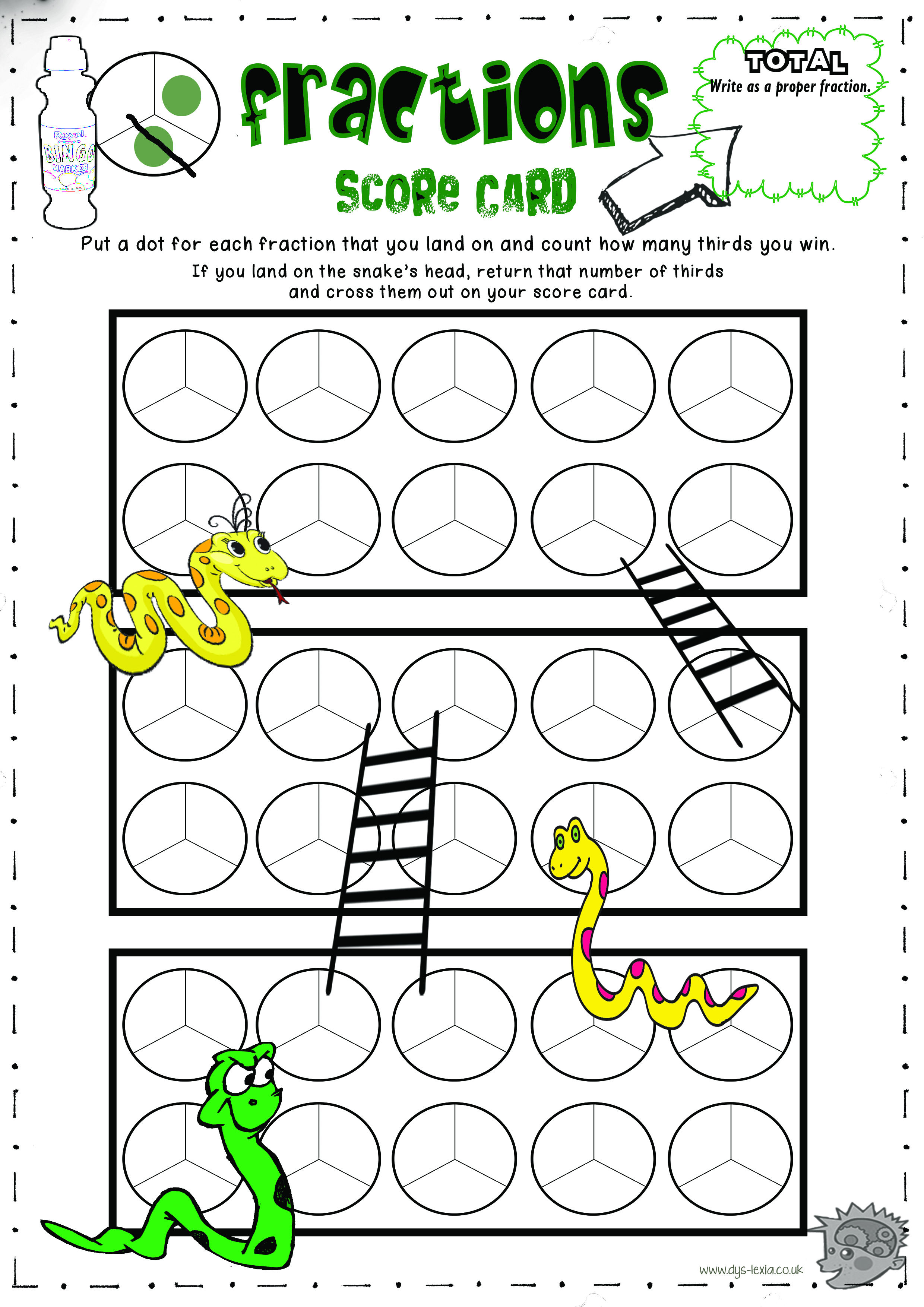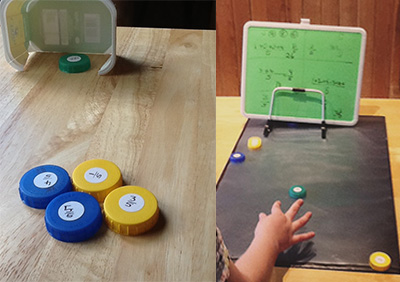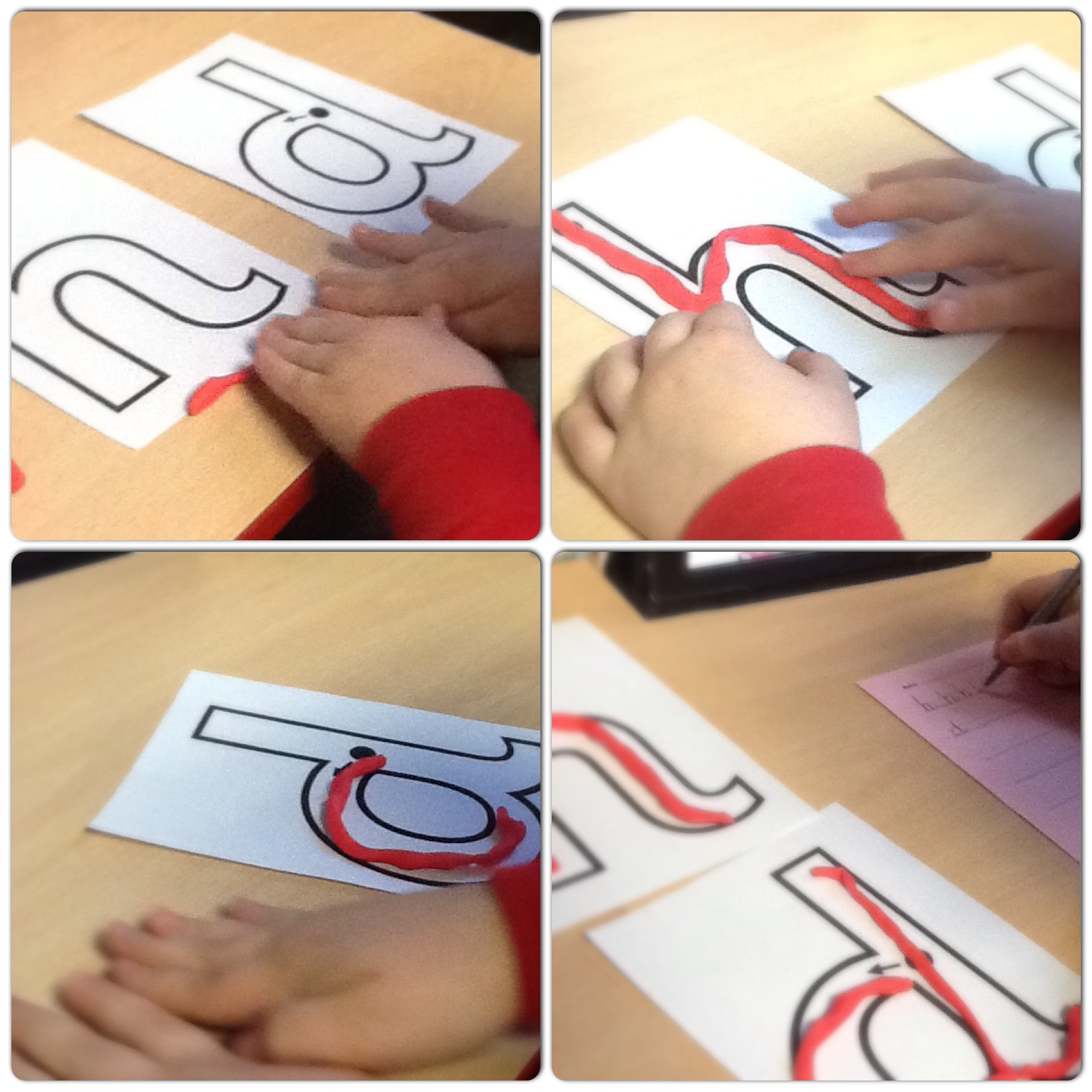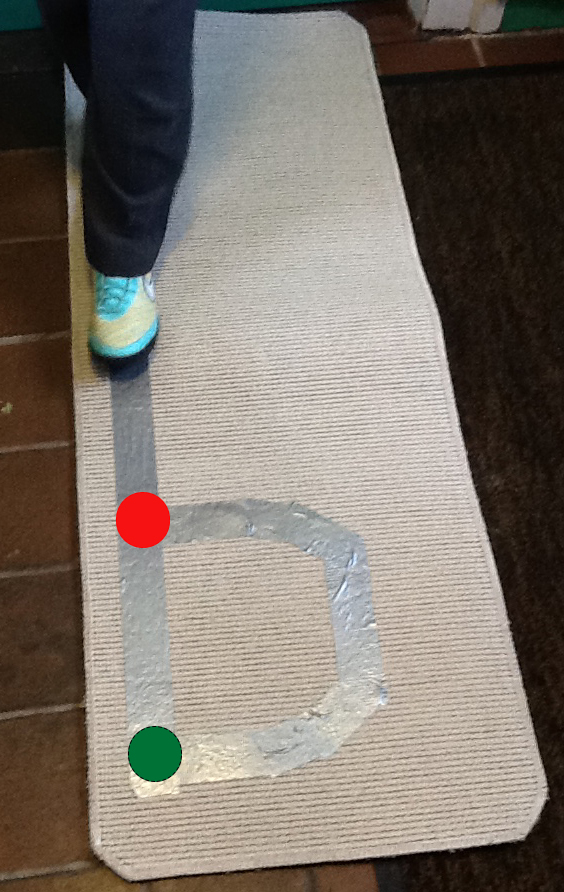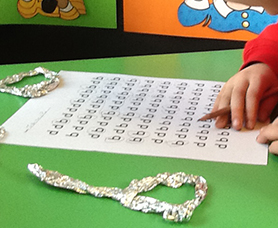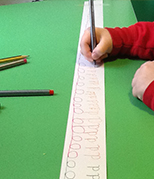the many spellings for the long a vowel sound
Flipbook for the long a vowel sound
It can be quite difficult for someone with dyslexia to discriminate between sounds and the long /a/ vowel sound has 8 spelling choices to add to this confusion. Many dyslexic learners experience problems with hearing sounds in words often experiencing weaknesses in auditory memory as well as problems sequencing sounds in words. Consider the problems that arise then when one of the most effective ways to identify the correct spelling choice is by the position of the long /a/ vowel sound in a word. These common spelling patterns are often referred to as vowel teams, a combination of two vowels such as 'ai' and 'ay' make one sound.
When someone who experiences problems with sequencing sounds in words is asked to select the alternative spelling for the long /a/ vowel sound by identifying the position of the sound in the word, it can be very frustrating for a learner with dyslexia or other specific learning difficulty. Here are some of the strategies to teach the alternative spelling of the long /a/ vowel sound:
1. Does the vowel bounce or stretch?
2. Is it in the middle or end of the word?
3. Is the long /a/ sound at the end of a syllable?
Listening activities and games to identify the long and short vowel sound help establish the bouncy sound of a short vowel and the stretched sound of the long vowel that says its name. Using a mirror gives the learner a strong physical visual cue from the shape of the lips and mouth when saying the long and short vowel sounds. Another great activity is using these cute Jumpies and elastic bands to reinforce the long or short bouncy sound the vowel makes in words. Once the learner can distinguish between a long and short vowel and is familiar with the common spelling patterns (long /a/, ay, ai, a_e) then more practise in spelling choice is needed. A fun way to do this is to read a list of words and the learner selects the corresponding spelling choice and Jumpie and explains the rule before pushing down on the figure.
Giggles and wriggles!
1. /a/ vowel sound at the end of a syllable is long (apron, basin)
2. long /a/ sound comes at the end of the word, English words do not end in the letter 'i' and changes to 'y' (stray)
3. long /a/ sound comes in the middle of the word (rain, attain)
Introducing the common alternative spelling choices for the long /a/ vowel sound can be established by using word families for 'ay' (bay, day, Fay, Jay, lay, may, pay, play, ray, say, stay, way). Word study activities will show the 'ay' spelling is at the end of words and it is important to understand that English words do not end with the letter 'i', the letter 'i' is changed to the letter 'y'. If the rule is established then more challenging words can be presented for learners.
Sorting sounds and talking about the reasons for their decisions helps build awareness of the rules for the alternative spellings of the long /a/ vowel sound. The other common spelling is the 'ai' spelling as in rain or detain usually found at the start of middle of words (aim, ail, refrain).
Flip the short vowel to a long /a/ vowel by adding the silent 'e' is a great activity that quickly captures the interest of the learner.
Another clue to highlight when making alternative spelling choices for the long /a/ vowel sound, is noting the syllable where a vowel is at the end of a syllable, this makes it long (apron, alien, basin etc).
Get a copy of this 8 page A5 booklet for the long vowel sounds. Each page has sound pictures and key words in bubble writing. There is a rule box at the top of each page for the learner to write the rule in their own words. If you haven't signed up to receive these free materials, what are you waiting for? Sign up here and a free alternative spellings flipbook for the long /a/ vowel will be sent to you right away.
